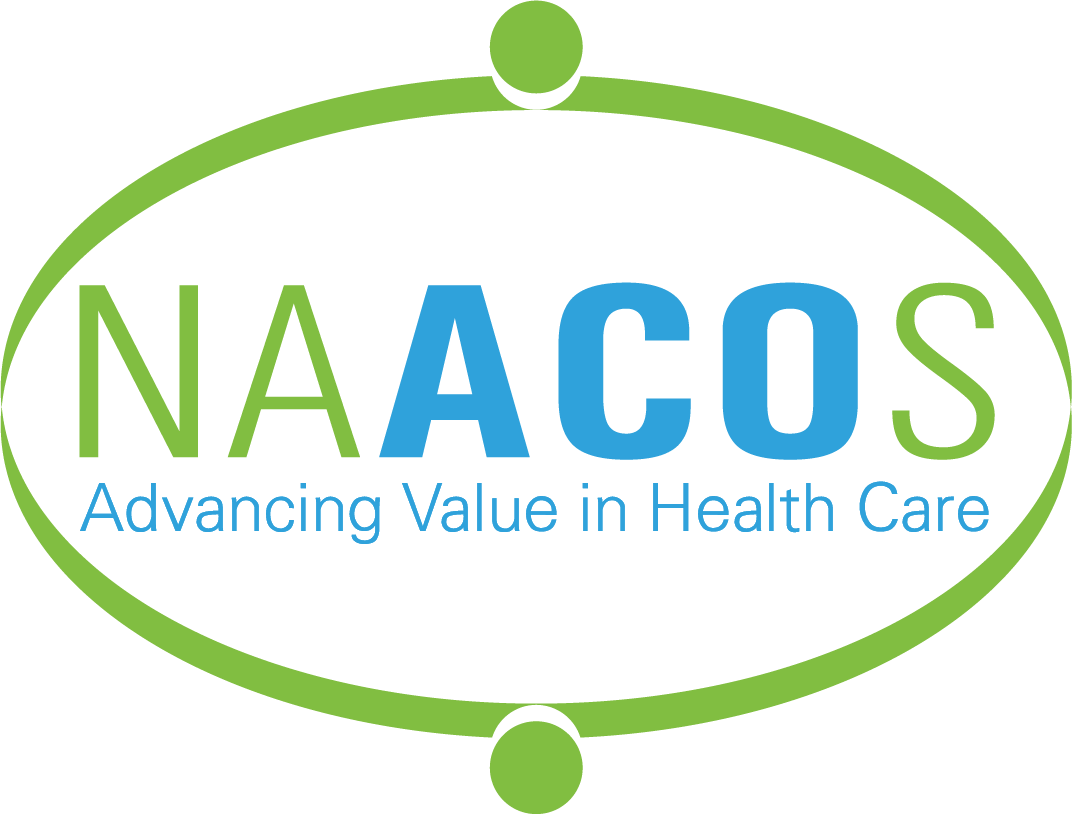Written statement for the Record
of
The National Association of ACOs for the
House Committee on Ways and Means Subcommittee on Health
“Examining Policies that Inhibit Innovation and Patient Access”
May 10, 2023
The National Association of ACOs (NAACOS) appreciates the opportunity to submit comments in response to the health subcommittee’s hearing on “Examining Policies that Inhibit Innovation and Patient Access.” NAACOS represents more than 400 accountable care organizations (ACOs) in Medicare, Medicaid, and commercial insurance working on behalf of health systems and physician provider organizations across the nation to improve quality of care for patients and reduce health care cost. NAACOS members serve over 8 million beneficiaries in Medicare value-based payment models, including the Medicare Shared Savings Program (MSSP) and the ACO Realizing Equity, Access, and Community Health (REACH) Model, among other alternative payment models (APMs).
NAACOS appreciates the committee’s leadership and commitment to driving innovation in the health care system. Value-based payment reforms have a long history of bipartisan support which has generated over $17 billion in gross savings for Medicare over the last decade and improved the quality of care for millions of patients. As the committee continues to discuss long-term approaches for advancing innovation and value in health care, we urge the subcommittee to consider the following recommendations:
Support Legislation to Continue Driving Innovation in Medicare. The Value in Health Care Act is a bipartisan bill that Reps. Darrin LaHood (R-IL) and Suzan DelBene (D-WA) will be re-introducing in 2023 to help grow participation and drive innovation in Medicare. A key aim of the bipartisan Medicare Access and CHIP Reauthorization Act (MACRA) was to speed the transition to patient-centered, value-based care by encouraging physicians and other clinicians to transition into APMs. While MACRA was a step in the right direction, more needs to be done to drive long-term system transformations. The Value in Health Care Act is the next step that helps drive innovation by:1
- Extending value-based care incentives and ensuring that qualifying thresholds remain attainable for clinicians.
- Removing barriers to participation in value-based care models, such as eliminating regulatory burdens for clinicians and improving financial methodologies.
- Evaluating parity between APMs and Medicare Advantage requirements and program flexibility.
- Supporting continued innovation in the MSSP by encouraging CMS to establish a voluntary full risk track that includes options for providers to seek capitated payments for primary care services.
Provide a Broader, More Predictable Pathway for More Types of Clinicians to Engage in APMs. NAACOS appreciates the subcommittee’s interest in finding bipartisan solutions to improve the Center for Medicare and Medicaid Innovation (CMMI). Congress established CMMI in 2010 to develop and test innovative payment and service delivery models. While CMS’ population health models have seen encouraging growth over the last 10 years, there has been insufficient model development for all types of physicians and other clinicians.
CMMI has tested over 50 models, expanding our understanding of how to shift payment and care processes to improve patient outcomes. However, few models have met the criteria for expansion and lessons learned are not always translated into new models. Unfortunately, little is known about the parameters that must be met for expansion and the model evaluations fail to consider key aspects of innovating care.
Congress should work with CMMI to ensure that promising models have a more predictable pathway for being implemented and becoming permanent and are not cut short due to overly stringent criteria. In February, NAACOS and other stakeholders sent a letter to committee leaders outlining the following recommendations for improving CMMI, including:2
- Directing CMS to redesign its evaluation strategies to better isolate specific innovations while controlling for other variables.
- Broadening the criteria by which CMMI models qualify for Phase 2 expansion (e.g., does the model positively address health equity or effectively expand participation to more provider types).
- Directing CMMI to engage stakeholder perspectives during APM development, such as leveraging the Physician-Focused Payment Model Technical Advisory Committee (PTAC).
Encourage Specialist Integration within Total Cost of Care Models. NAACOS supports the Administration’s goal of having all Medicare and most Medicaid patients in accountable care relationships by 2030. To successfully achieve this goal, policymakers must allow providers to coordinate care across the continuum of care. Over the last decade, we have learned that concurrent episode models and total cost of care models result in a complex set of overlapping rules. This leads to provider and patient confusion and increased burden. Designing specialty payment approaches within a total cost of care arrangement can create the proper incentives to encourage coordinated care across the care continuum. In April, NAACOS responded to a request for information from the PTAC encouraging CMS to work with ACOs on the following priorities, including:3
- Sharing data on cost and quality performance for specialists with ACOs.
- Supporting total cost of care ACOs with shadow or nested bundled payments for those who elect these arrangements.
- Addressing policy and program design elements that currently are prohibitive to this work.
We appreciate the opportunity to express our views and look forward to working with the subcommittee to ensure that high-quality, coordinated, and person-centered care is accessible to all Medicare beneficiaries.
1https://www.naacos.com/assets/docs/pdf/2023/NAACOSValueHealthCareAct_OnePager.pdf
2https://www.naacos.com/assets/docs/pdf/2023/118thCongressValue-BasedCareRecsCoalitionLetter.pdf
3 https://www.naacos.com/assets/docs/pdf/2023/FinalPTACSpecialtyEngagementRFIComments040623v2.pdf
